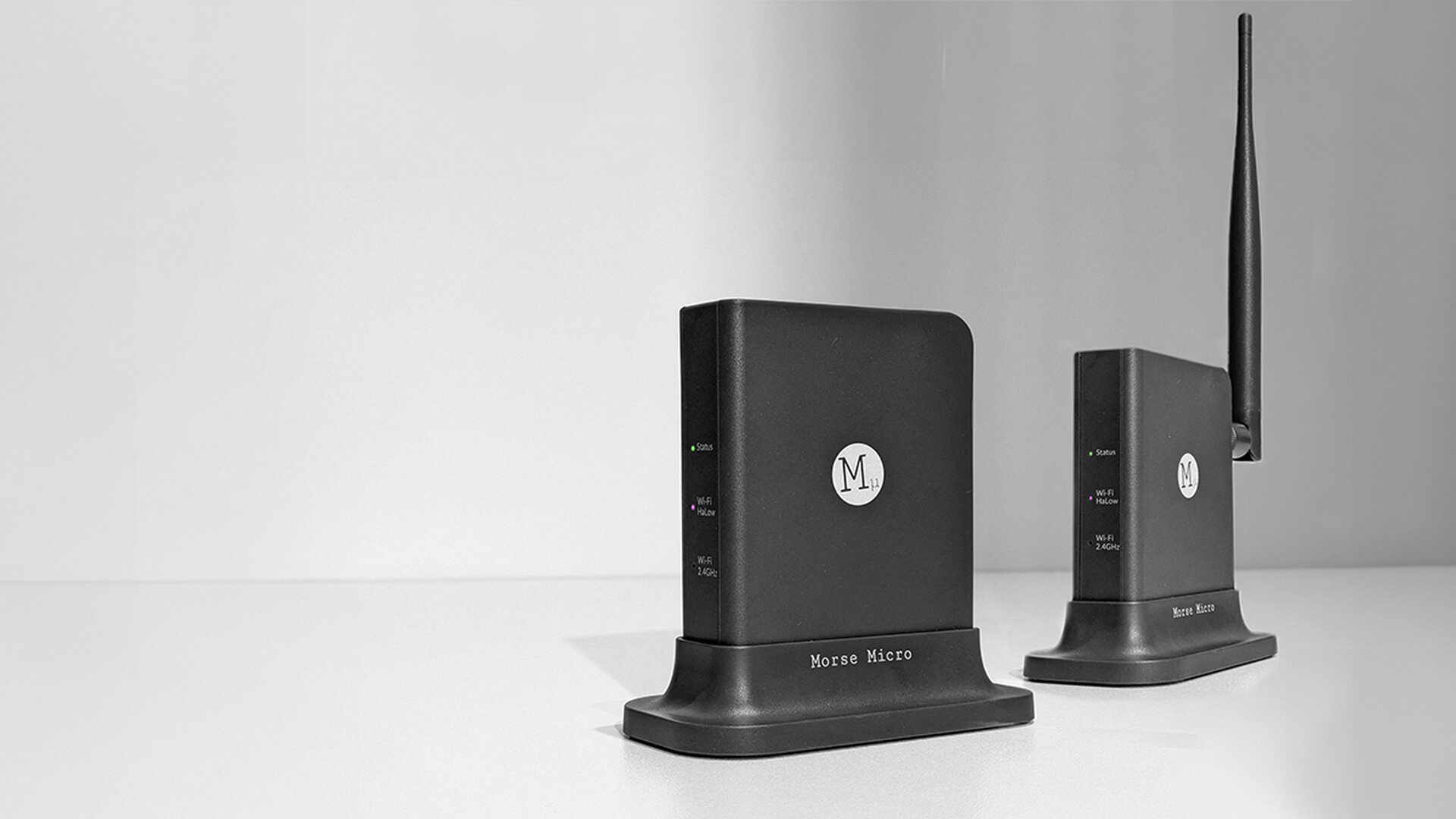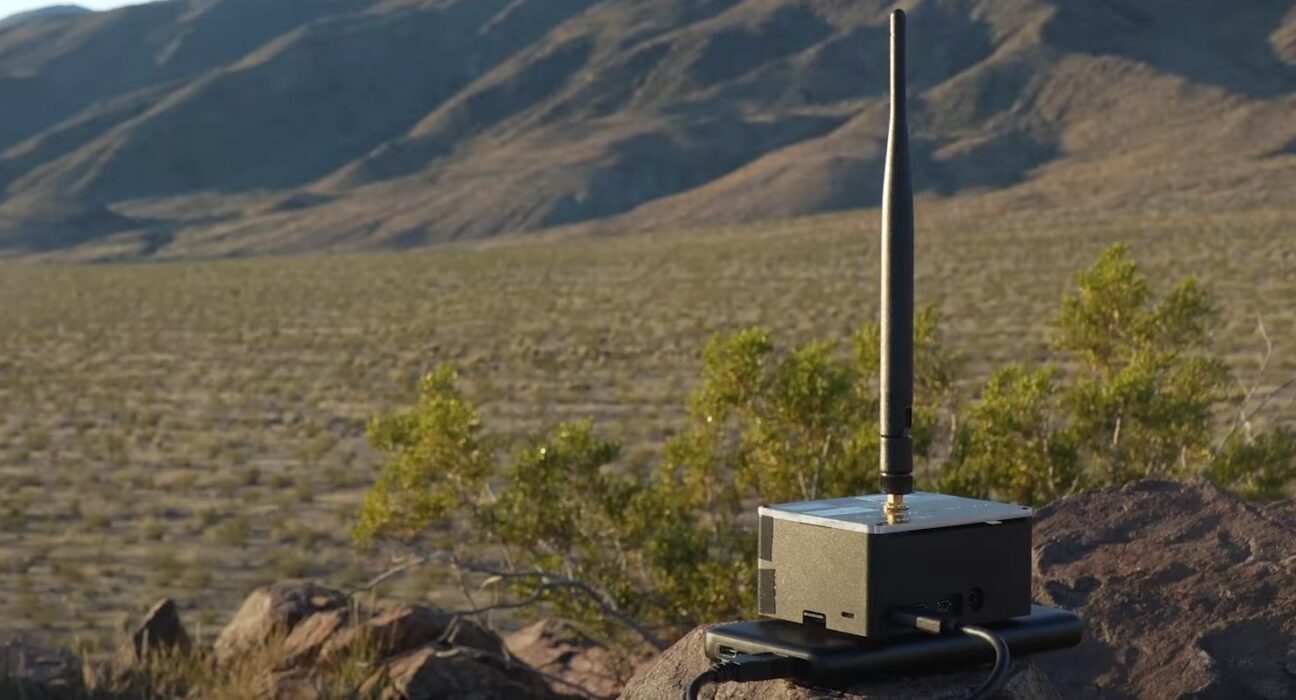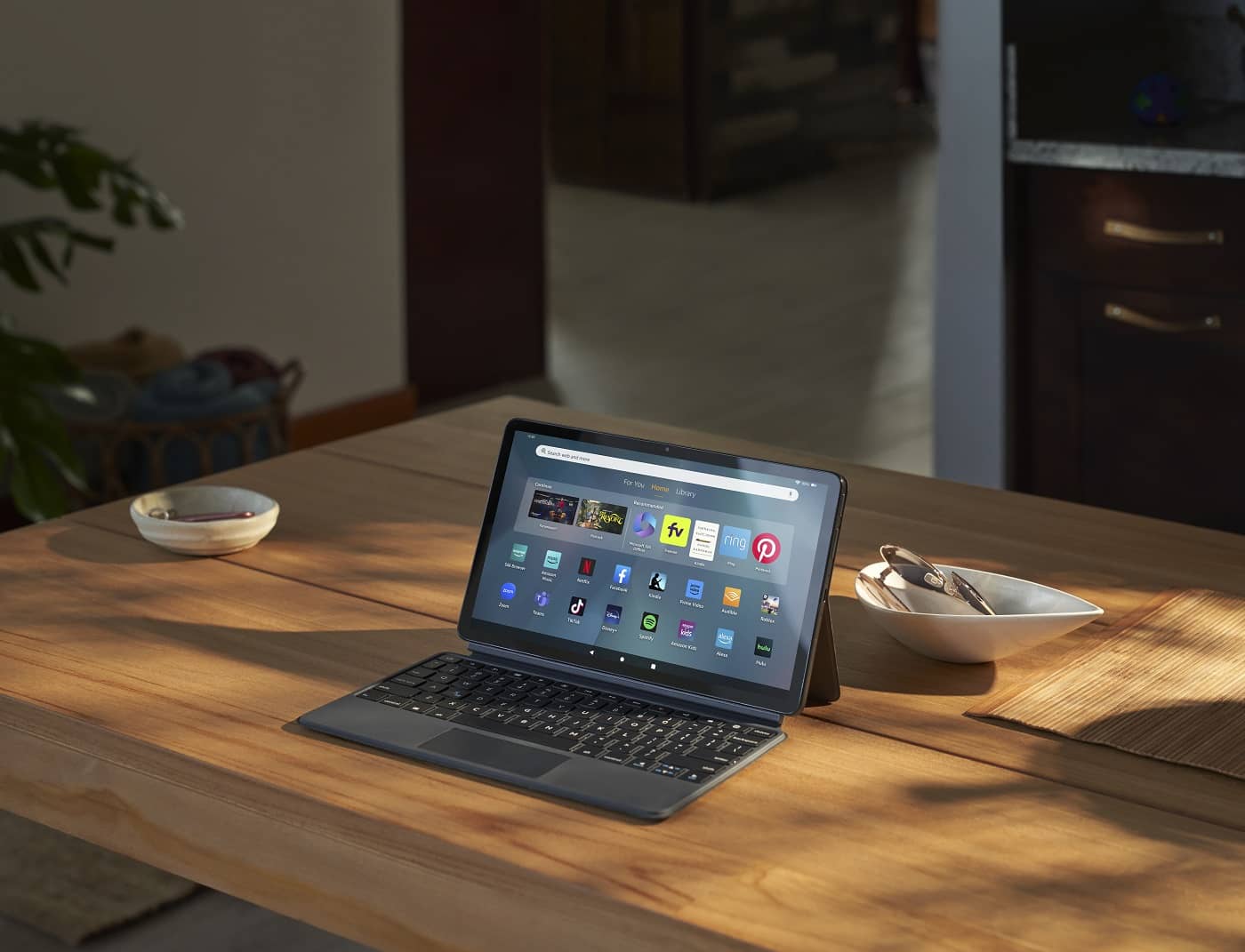Wi-Fi has become a cornerstone of modern technology, connecting our devices, homes, and workplaces. However, traditional Wi-Fi has its limitations, particularly when it comes to range and its inability to penetrate obstacles like walls effectively. Wi-Fi HaLow is an innovative solution developed by Morse Micro that could redefine wireless connectivity with its impressive 10-mile (16 km) range and ability to transmit through walls and other barriers.
Breaking the Barriers of Traditional Wi-Fi
Conventional Wi-Fi operates on high-frequency bands, such as 2.4GHz and 5GHz, which provide fast speeds but are limited in range and struggle to penetrate solid objects. Wi-Fi HaLow, however, leverages the sub-GHz frequency band (900MHz) to deliver long-distance connectivity. This lower-frequency spectrum functions similarly to AM and FM radio waves, enabling signals to travel much farther and through obstructions.
At the CES 2025 showcase, Morse Micro unveiled its Wi-Fi HaLow prototype, which promises a range of up to 10 miles (16 km) and demonstrated speeds of up to 250Mbps—a significant improvement in long-range wireless technology. While these speeds may not rival those of 5GHz Wi-Fi, they are more than adequate for most daily activities, such as browsing, email, and supporting Internet of Things (IoT) devices.

A Vision for Seamless Connectivity
Morse Micro envisions a future where HaLow operates alongside existing Wi-Fi bands, creating tri-band systems that combine 2.4GHz, 5GHz, and sub-GHz frequencies. This hybrid approach would provide users with the best of all worlds: high-speed, low-latency connectivity for intensive tasks, and reliable long-range coverage for IoT devices and broader network access.
While current consumer devices like smartphones and laptops lack compatibility with the HaLow frequency band, Morse Micro is actively collaborating with engineers and manufacturers to incorporate HaLow chipsets into future hardware. Once widely adopted, this technology could eliminate the connectivity challenges faced by devices located far from traditional routers.
Applications Beyond the Home
Wi-Fi HaLow’s potential extends far beyond personal use. Its long-distance connectivity is ideal for commercial and industrial environments, such as warehouses and rural areas. For example, HaLow could enable seamless communication between robots in an Amazon warehouse, eliminating the need for hubs or repeaters.
The technology has already showcased its capabilities in real-world tests. In February 2024, Morse Micro set a record by achieving a 1.8-mile video call using the 802.11ah standard. Later, in September 2024, the company demonstrated HaLow’s maximum range of 10 miles in Joshua Tree National Park, a rural setting with minimal interference.
Although HaLow routers aren’t yet available for personal use, Morse Micro’s advancements suggest that widespread adoption is on the horizon. As hardware compatibility increases, the technology could become a standard feature in smart homes, IoT ecosystems, and more, ensuring that poor Wi-Fi coverage is a problem of the past.





